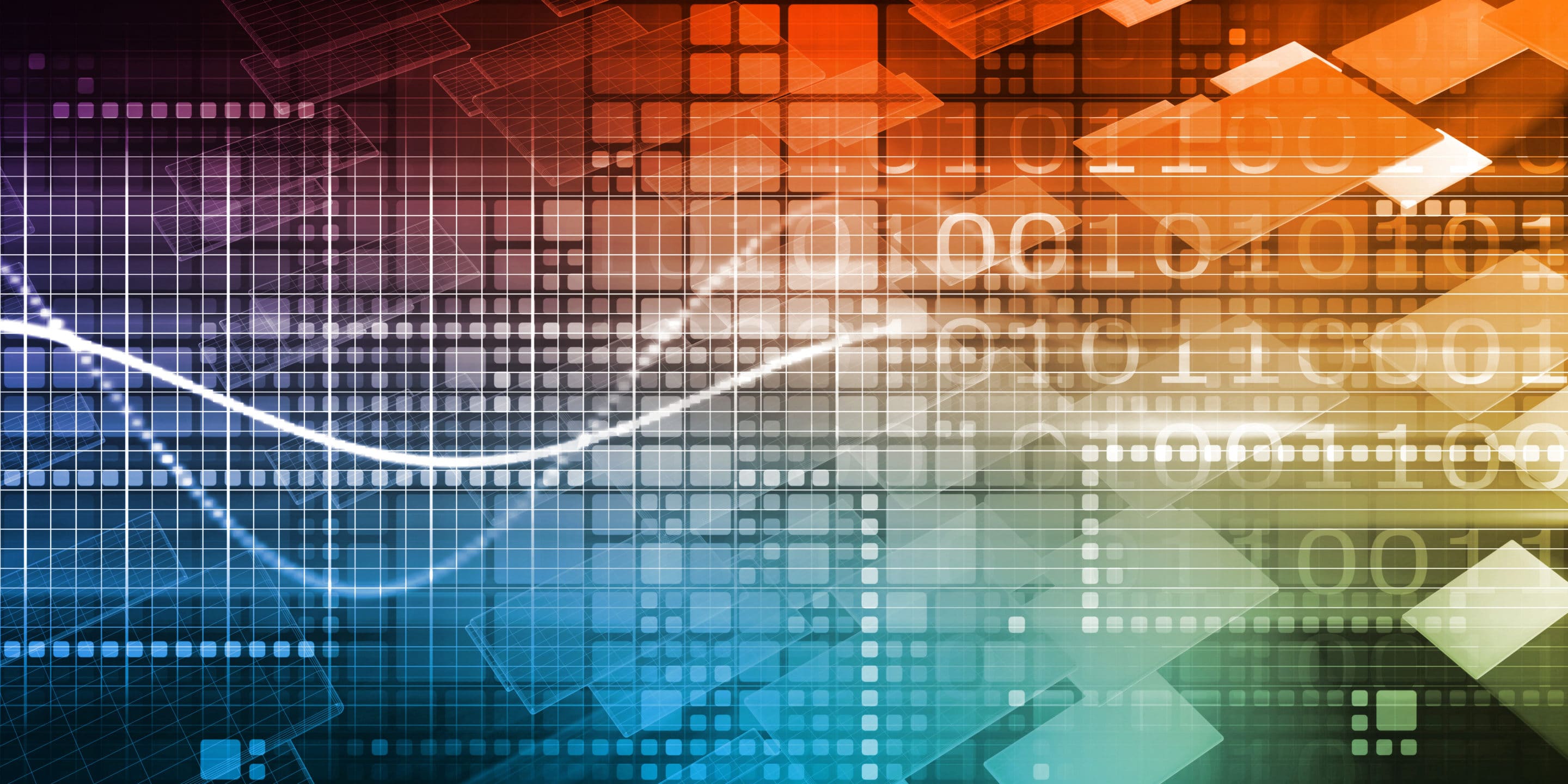
In our era, customers can easily hop from one brand to another, leaving companies little room for error. In this context, firms must strive to ensure exemplary customer experience at every interaction. Moreover, because business data is so readily available and competition so fierce, companies face immense pressure to streamline their operations or risk demise.
How do companies develop an understanding of how past action and behavior impact future outcomes? With the field of predictive analytics, it’s easier than ever for companies to anticipate customer expectations.
Doing so enables them to not only preserve the customer experience, but it also allows them to reduce costs, increase efficiency, and improve work conditions, among a myriad of other benefits. With that in mind, let’s take a closer look at predictive analytics.
What is Predictive Analytics?
Predictive analytics is the practice of predicting future trends by analyzing gathered data. With insight into past patterns, organizations can adapt their marketing and operational strategies to better serve their customers. In addition to the operational improvements, the companies gain an advantage in key areas like fraud detection and inventory management.
Predictive analytics is closely tied to machine learning. Regardless of the specific technique, an organization might employ, the general process begins with an algorithm that trains itself by having access to an understood outcome (such as a customer purchase).
The training algorithms use that information to learn how to predict future outcomes, eventually developing into a ready-to-use model that is able to intake additional input variables, such as time of day and weather.
Organizations that employ predictive analytics become markedly more productive, profitable, and flexible. Let’s take a closer look at the benefits of predictive analytics.
Benefits of Predictive Analytics
As firms become able to predict customer demand with greater accuracy, they’re able to reduce costs by optimizing both their inventory and marketing campaigns.
They can also leverage predictive analytics techniques to increase business efficiency. For example, an airline can optimize ticket prices based on the demand anticipated by predictive algorithms. By analyzing historical data and considering current conditions (e.g., a pandemic), airlines gain insight into variables like wait times, arrival times, and seasonal traffic.
Big Data and Predictive Analytics
Since predictive analysis relies on data, wouldn’t a lot of available data mean sound predictive analysis? Surprisingly, it wouldn’t. Although many companies show interest in predictive analytics techniques, very few are able to make sense of all the data they’re collecting.
In fact, many companies engage in descriptive analytics: the analysis of past data. While predictive analytics looks at past results, it aims to predict future patterns and trends, and then make intelligent decisions based on those findings.
Therefore, predictive analysis does not necessarily include the analysis of all Big Data. With that in mind, let’s look at specific predictive analytics techniques that not only analyze data, but form the basis for accurate prediction.
Predictive Analytics Techniques
Predictive analytics combines several data analysis techniques, such as machine learning, data mining, and statistics. Because machine learning comprises the core of predictive analytics, we’ll focus on how we can use specific prediction-based approaches within the machine learning field to gain better insight into future events and trends.
Classification Model
Most machine-learning algorithms fall into one of two categories: classification-based regression-based. Both types have different predictive analytics applications, whereas classification algorithms are useful for sorting data into classes.
They can help companies predict, for example, if a particular website visitor is a “purchaser” or a “browser,” or if a subscriber is a “monthly” or “yearly” type of customer.
Classification models can help organizations more efficiently allocate resources, human or otherwise. For example, companies become better able to keep inventory at appropriate levels and prevent the overstaffing of a store at certain hours.
Regression Model
A regression algorithm comes in handy when an organization wants to predict a numerical value, such as the time a potential customer will take to return to an airline reservation before purchase, or how much money someone will spend on car payments over a certain period of time.
For example, linear regression is a widely used regression technique that looks for a relationship between two variables. These kinds of regression algorithms find patterns that predict relationships between variables, such as customer spend in relation to time browsing an online store.
If you’re interested in gaining a deeper understanding of linear regression in predictive analysis, check out this blog post from Machine Learning Mastery.
Neural Networks
Neural networks are biologically inspired data processing techniques that intake past and current data to estimate future values. Their design enables them to find complex correlations buried in the data, in a way that simulates the human brain’s pattern detection mechanisms.
Widely used for applications like image recognition and patient diagnosis, they consist of several layers that take input (input layer), calculate predictions (hidden layer), and offer output (output layer) in the form of a single prediction.
For a more detailed analysis of how neural network modeling can predict events by simulating mechanisms of the human brain, check out this IThappens article.
Decision Trees
A decision tree is a visual chart that resembles an upside-down tree: starting at the “roots,” one moves down through a continually-narrowing range of options, each of which describes a potential outcome of a decision. While decision trees solve all kinds of classification problems, they can answer much more complex questions when employed in predictive analytics.
For example, an airline might want to know the best time to fly to a new destination it’s planning to service on a weekly basis. It might also want to know what price point to set for such flight, as well as which customer segments to target.
Given these factors, the airline can use a decision tree to gain insight into the consequences of selling tickets to x destination at price point y targeting audience z. This detailed Medium article explains more about how decision trees work.
Use Cases for Predictive Analytics
In our exploration of predictive analysis techniques, we touched on some uses of predictive analytics. Let’s explore a few more significant applications that range from customer retention to potentially life-saving measures, like diagnosing illnesses.
Recommendation Systems
If a business knows what goods or services its customers want, it’s better prepared to supply them in a timely manner. For example, Spotify’s predictive analytics-based recommendation system provides content based on users’ past interests, allowing customers to spend little time searching for new music. Because users have what they want when they want it, they’re more likely to stick with Spotify.
Calculating Credit Scores
An individual’s credit score relies heavily on predictive analytics calculations. Algorithms intake factors associated with that individual’s credit-related history, such as payment history and number of credit cards held, and output a number representing the likelihood of future debt repayment.
Estimated Time of Arrival
Have you ever wondered why your smartphone’s navigation system is so accurate? Or how your international flight provides a very accurate guess as to when your plane will land …12 hours ahead of arrival?
GPS systems use real-time sensor data, including speed, weather, and traffic conditions, to determine when you’ll arrive at your destination.
Diagnosis Accuracy
Using classification algorithms, medical professionals can easily identify tumors and other indicators of disease. They can also use other health measurements — think blood sugar, heart rate, etc. — to determine how these are linked to specific diseases. Using all of this information, healthcare providers can then predict which patients risk developing which conditions. Beyond being able to catch the conditions at the early stages, medical professionals and patients can jointly act to prevent diseases from developing.
Summary
In this article, we went over the field of predictive analytics, including its associated benefits and applications. We looked in detail at specific, prediction-enabling analytics techniques, including classification algorithms, neural networks, regression algorithms, and decision trees.
Predictive analytics is a rapidly growing field that confers clear benefits on the companies that carefully practice it. If you’re interested in a predictive analytics career, we recommend this Predictive Analytics Nanodegree offered by Udacity.



